Basic introduction:
Houseng launched the new product in November 2023, combining years of production experience and accurately grasping customer needs.
Basic introduction:
Houseng launched the new product in November 2023, combining years of production experience and accurately grasping customer needs.
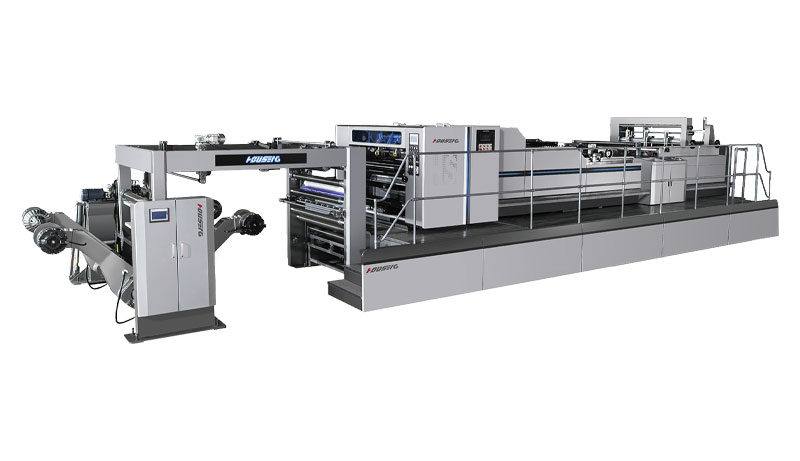




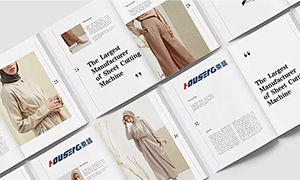


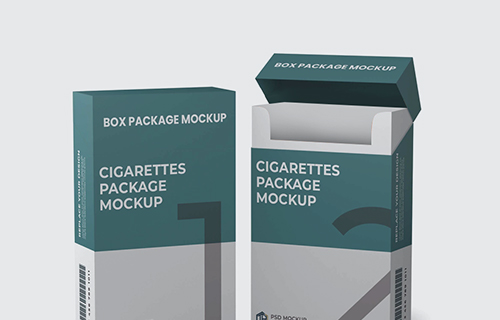
We released EXC series in Nov. 2023.Combining with years of production experience, capturing customer needs, taking into account effciency and stability, EXC series perform superiorly in short length cutting, fully reflect HAOSHENG always dives to innovate.
This product adds the function of material weighing and paper stack height measurement, tacks on the workbench, pays attention to every small demand of customers, and improves the production experience. it performs particularly superior in the cutting length range length range of 400-65omm, with a maximum speed increase of73.8% compared to the standard.
| ITEM | PARAMETERS |
| Model | EXC 1500/1700/1900 |
| Cutting Pattern | Double rotary sheeter |
| Range of Gram Weight | 80-1000gsm |
| Max.Roll Diameter | 1800mm (71") Max |
| Max.Paper Cutting Width | 1500mm/1700mm/1900mm |
| Total Power | 108kW |
| Cutting Length | 400-1650mm |
| Cutting Accuracy | +/-0.15mm |
| Air Compressor Requirement | 0.8MPa |
| Weight | 21000kgs/23000kgs |
| Overall Dimension | L16175×W5900×H2533mm |
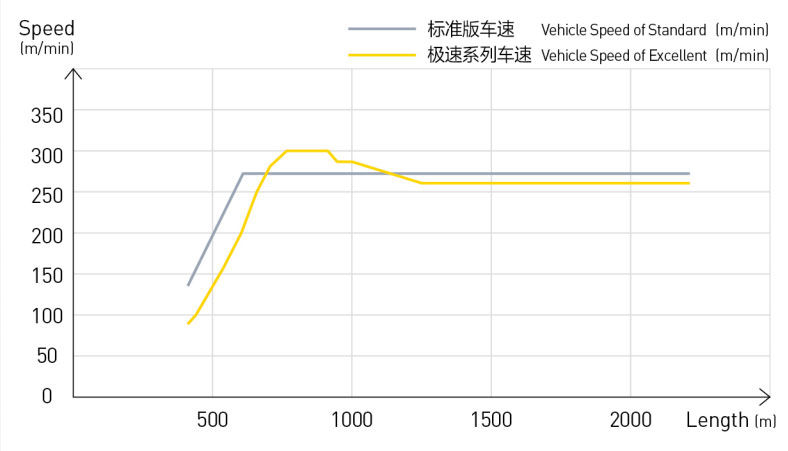
| Cutting Length (mm) | Speed (cuts/min) | Speed (%) | |
| Standard | Excellent | ||
| 400 | 200 | 348 | 73.75 |
| 450 | 222 | 373 | 68.00 |
| 500 | 260 | 402 | 54.62 |
| 550 | 291 | 433 | 48.75 |
| 600 | 333 | 450 | 35.00 |
| 650 | 369 | 415 | 12.50 |
| 700 | 400 | 386 | 3.57 |
| 750 | 400 | 360 | 10.00 |
| 800 | 375 | 338 | 10.00 |
| 850 | 353 | 318 | 10.00 |
| 900 | 333 | 300 | 10.00 |
| 950 | 295 | 284 | 3.57 |
| 1000 | 280 | 270 | 3.57 |
| 1100 | 245 | 245 | 0.00 |
| 1200 | 217 | 225 | 3.85 |
| 1300 | 200 | 208 | 3.85 |
| 1400 | 186 | 193 | 3.85 |
| 1500 | 173 | 180 | 3.85 |
| 1600 | 163 | 169 | 3.85 |
| 1700 | 153 | 159 | 3.85 |
cardboard paper, coated paper, kraft paper, cultural paper, writing paper, double qummed paper, gloss photo paper,gold and siliver cardboard, aluminum paper, laserpaper, packaging paper etc.
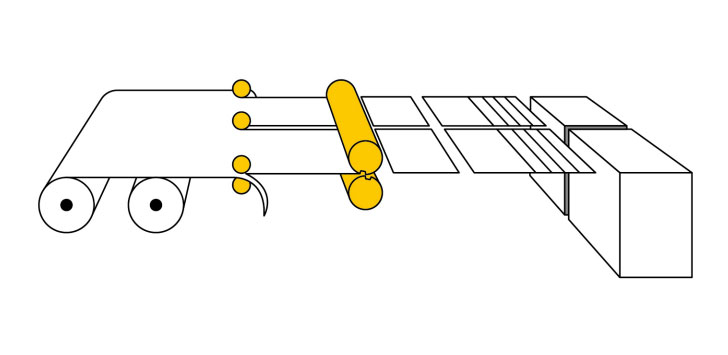
|
SLITTING KNIFE Top shear air knife innovative design enables pneumatic movement |
 |
 |
FULL MESH BELT The conveyor part uses a full-width mesh belt (integral belt), which |
|
ELECTRICALINSTALLATION Germanimported Siemens PLC and The United States Emerson servo |
 |
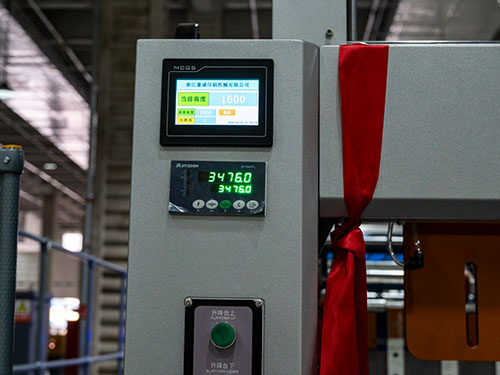 |
MATERIAL WEIGHING The weighing scale installed at the lifting platform can display the |
| STACK HEIGHT MEASUREMENT |  |
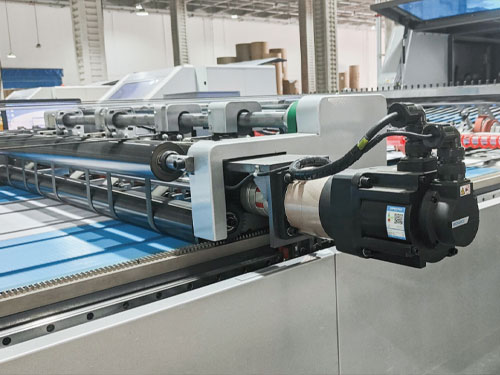 |
INFRARED ALIGN AUTO-ADJUSTMENT |
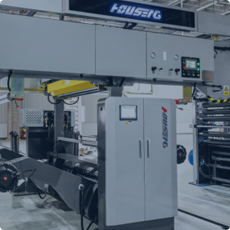
AUTOMATIC SPLICER
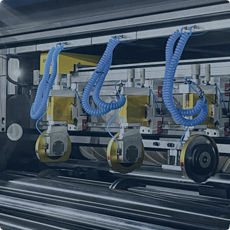
SITTING & TRIMMING KNIVES AUTOMATIC CHANGE SYSTEM

PLATFORM WEIGHING SCALE SYSTEM
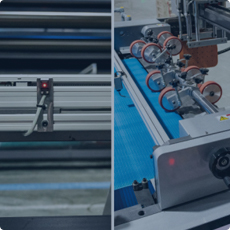
INFRARED ALIGN AUTO-ADJUSTMENT
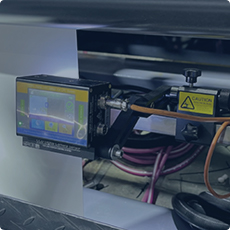
COLOR CODESENSOR
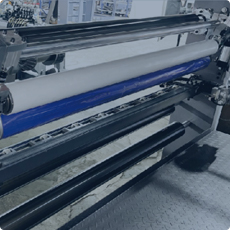
DEDUSTING ROLLERS
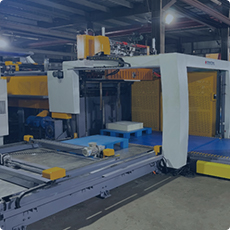
PALLET PUSHER
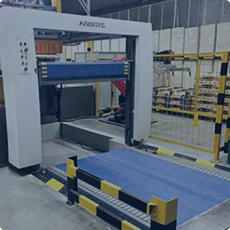
AUTO-MATERIALFLOW
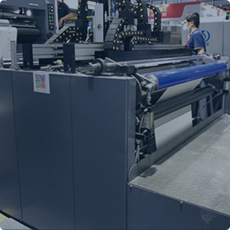
INKJET CODING SYSTEM

Optional
Functions Details
50 working days.
80-1000g.
EXC series perform particularly superior in the short cutting length (400-650mm), with the max. speed increase of 73.8% compared to the standard.
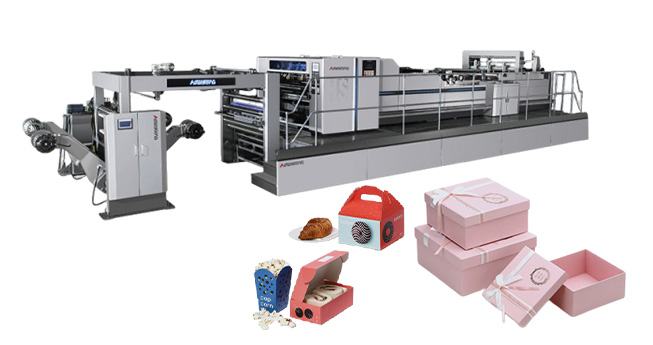
 2025/11/26
2025/11/26For anyone in packaging manufacturing, the right equipment doesn’t just keep lines running—it makes or breaks your ability to keep up with orders, control costs, and keep clients happy. Whether you’re cranking out food packaging that needs to meet strict hygiene standards or crafting gift boxes where every edge counts, paper sheet cutting machines tailored to packaging work aren’t just tools—they’re the backbone of your daily operations. Let’s be honest: packaging businesses face unique headaches. You’re juggling tight delivery windows, watching raw material costs climb, and adapting to endless product size changes. For food and gift packaging specifically, two needs stand out: keeping production moving without stops and nailing fast, precise cuts for short formats . So what really sets the best packaging-focused cutters apart, and how do those features translate to real, bottom-line value for your business?
Packaging isn’t a one-size-fits-all game, and the best paper sheet cutting machines get that—they’re engineered to tackle the specific demands of food and gift sectors, two of the busiest and most detail-driven corners of the industry.
Take food packaging first: non-stop production isn’t a luxury—it’s a necessity. Food manufacturers and packagers often run 24/7, especially during peak seasons like holidays or back-to-school rushes. A single halt for roll changes, adjustments, or maintenance can throw off schedules, delay shipments, and even lead to lost orders. Today’s packaging-focused cutters solve this with built-in features that keep production rolling: easy roll-to-sheet handoffs, automated alignment that cuts down on manual tweaks, and tough, long-lasting parts that hold up to round-the-clock use. And let’s not forget food safety—these machines are designed to protect the surface of food-grade paper, so there’s no contamination risk, and any coatings or laminations that meet safety standards stay intact. No more scrapping batches because the cutter damaged the paper.
Then there’s gift packaging, where short-format cutting speed and versatility are make-or-break. Think small gift tags, mini boxes, or custom-shaped wrappers—most of these fall in the 400–650mm range. Standard cutters struggle here: they jam, produce inconsistent sizes, or slow to a crawl when dealing with short lengths. But cutters made for packaging? They’re optimized for these smaller jobs, cranking out precise cuts faster than generic models. That’s a game-changer for gift packaging, where you’re often handling small-batch, custom orders that need quick turnarounds. Plus, they can handle all the decorative materials you throw at them—glossy cardstock, textured wrapping paper, lightweight craft paper—without tearing, creasing, or leaving ragged edges. For gift packaging, aesthetics matter as much as function, and these machines deliver on both.
The best part? These aren’t one-trick ponies. A good packaging cutter adapts to whichever sector you’re serving, so you don’t have to invest in separate machines for food and gift work. It aligns with your workflow, not the other way around.
Beyond fitting your industry’s needs, the top features of paper sheet cutting machines for packaging all boil down to one thing: making your business more efficient and profitable. Let’s break down the three biggest wins:
Downtime is every packager’s worst nightmare—and it’s more costly than you might think. Every minute a machine sits idle is lost production, wasted labor, and missed opportunities. The best packaging cutters are built to minimize these stops. They use durable components that don’t need constant repairs, and smart diagnostic tools that flag potential issues (like a dull blade or misalignment) before they shut down the line. For continuous production setups, features like automatic roll splicing (so you can change rolls without stopping) and quick-change blade systems cut down on interruptions even more. The result? A workflow that’s reliable, consistent, and able to meet those tight delivery deadlines without scrambling.
Raw material costs are one of the biggest expenses for packaging businesses—and waste is like throwing money away. Think about all the half-used rolls that end up in storage because standard machines can’t optimize cuts for short lengths, or the sheets that get scrapped because they’re the wrong size. Packaging-focused cutters fix this with smart cutting algorithms that map out the most efficient way to use each roll, minimizing scrap and maximizing the number of usable sheets. Their precision also means fewer mistakes—no more discarding stacks of paper because the cuts are off by a millimeter. For short-format jobs, this optimization is even more critical: generic machines leave huge amounts of waste when cutting 400–650mm sheets, but packaging cutters squeeze out every possible usable piece. Over time, this adds up to serious savings—often double-digit percentages on material costs.
When you combine less downtime and less waste, lower unit production costs follow naturally. A good packaging cutter lets you produce more sheets per hour with fewer resources: less paper wasted, less labor spent on fixing mistakes or maintaining the machine, and less energy used per unit. For high-volume operations, this scales quickly—you can crank out thousands more sheets a day without increasing your input costs, which boosts your profit margins. Even for smaller businesses, lower unit costs let you price your products more competitively, which helps you win more clients in a crowded market. It’s not just about cutting paper—it’s about cutting unnecessary expenses.
Picking the best paper sheet cutting machine for your packaging business isn’t about buying the most expensive model—it’s about finding one that fits how you work. Start by asking yourself: What do I produce most? If it’s food packaging, prioritize non-stop production and food-safe features. If it’s gift packaging, focus on short-format speed and material versatility. Then, think about volume: high-volume operations need faster speeds and more automation, while smaller batches might benefit from easy setup and user-friendly controls.
Don’t forget to plan for the future, too. Consumer preferences change, and packaging designs evolve—you don’t want a machine that can only handle your current products. Look for cutters with adjustable length ranges and the ability to work with different paper weights and types. That way, when you take on a new job or switch up your offerings, your cutter can keep up.
Whether you’re scaling your food packaging line, expanding your gift box offerings, or just tired of dealing with downtime and waste, our team of industry experts is here to help. Tell HAOSHENG about your production volumes, the materials you use, and the specific challenges you’re facing—we’ll point you to the perfect Paper Sheet Cutter Machine that checks all your boxes. Don’t let outdated equipment hold your business back. Take the first step toward smoother, more efficient, more profitable packaging production today.
This article was assisted by AI technology, with human expertise ensuring accuracy and industry relevance.
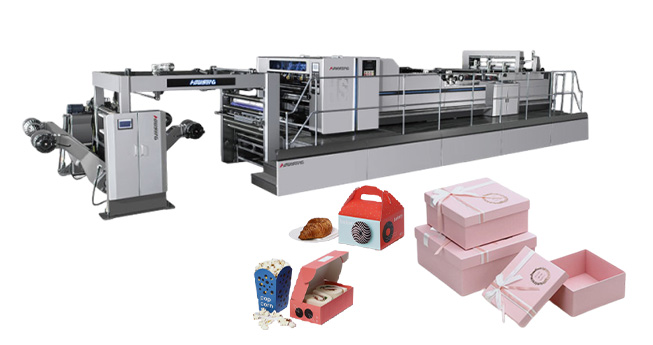
 2025/10/09
2025/10/09In today’s fast-paced work and creative environments, efficient paper processing is no longer a luxury—it’s a necessity. From trimming office documents to preparing materials for production, the Paper Sheet Cutter Machine stands out as a foundational tool that bridges the gap between messy paper stacks and polished, uniform results. Its versatility means it fits seamlessly into diverse industries, solving common pain points like uneven cuts, wasted materials, and time-consuming manual work. Whether you’re a small business owner, a teacher, or a production manager, understanding how this machine works can transform your daily workflows.
The printing and packaging sectors demand precision, and an industrial-grade Paper Sheet Cutter Machine is non-negotiable here. When producing bulk items like product catalogs, brochures, or packaging inserts, every sheet must be identical to ensure proper assembly and a professional finish. A high-precision Paper Sheet Cutter Machine can handle hundreds of sheets at once, maintaining accuracy even with heavy use—critical for avoiding costly reprints due to cutting errors. For packaging specifically, consistent cuts directly impact customer experience: a slightly uneven box flap or insert can ruin unboxing, so manufacturers rely on these machines to uphold quality standards. They also adapt to diverse materials, from glossy flyer paper to thick cardboard, making them versatile for mixed production runs.
Small businesses and handicraft makers often operate with limited staff, so efficiency tools like a reliable Paper Sheet Cutter Machine are game-changers. Consider a small notebook maker: every inner page and cover must align perfectly to look professional. A size-adjustable Paper Sheet Cutter Machine lets them set a fixed dimension and repeat cuts quickly, eliminating the need for extra labor. Similarly, artisans making paper decor (origami garlands, lanterns) use these machines to cut uniform shapes in bulk, speeding up production while keeping quality high. For these businesses, the machine isn’t just a cost-saver—it’s a way to scale operations, meet customer demand, and compete with larger brands through polished, consistent products.
Offices are where Paper Sheet Cutter Machines first prove their value in everyday use. Think about the tasks that pile up: preparing meeting agendas that need A3 sheets trimmed to A4, cutting promotional flyers into standard sizes, or creating uniform business cards from larger paper stock. A portable Paper Sheet Cutter Machine eliminates the frustration of manual cutting—no more lopsided edges that waste paper, or spending 20 minutes on a task that should take 2. Even small teams benefit: administrative staff can focus on client work instead of tedious trimming, and sensitive documents are handled safely (many models include safety locks to prevent accidents). For offices that prioritize efficiency, this machine isn’t just a tool—it’s a time-saver that keeps workflows on track.
Schools and creative studios rely on Paper Sheet Cutter Machines to turn ideas into tangible materials. In classrooms, teachers use small-scale models to create teaching aids—flashcards for language lessons, colorful worksheet strips, or poster pieces for displays. Manual cutting would take hours and result in inconsistent sizes that distract from learning; a Paper Sheet Cutter Machine ensures every flashcard or worksheet is uniform, letting students focus on content. For creatives—like greeting card designers, handcraft makers, or scrapbookers—a versatile Paper Sheet Cutter Machine unlocks flexibility. It trims custom sizes (square postcards, slim bookmarks) and handles delicate materials (tissue paper for flowers, watercolor paper for art prints) without tearing. This freedom lets creatives experiment without worrying about the practicality of cutting.
From offices to factories, classrooms to studios, the Paper Sheet Cutter Machine is an unsung hero that simplifies work and elevates results. Its ability to adapt to different volumes, materials, and sizes makes it indispensable—whether you’re cutting 10 sheets or 500. Investing in one means less time on tedious tasks, less material waste, and more focus on what matters: growing your business, teaching effectively, or creating.
If you’re ready to upgrade your paper processing workflow, start by exploring Paper Sheet Cutter Machine options that fit your needs—compact models for small spaces, heavy-duty ones for large runs. Every precise cut will save you time, and every uniform sheet will boost the quality of your work.
For more insights on industrial tools, practical usage tips, and industry trends, feel free to contact HAOSHENG the for content tailored to professionals like you.
This article contains approximately 30% AI-assisted content.
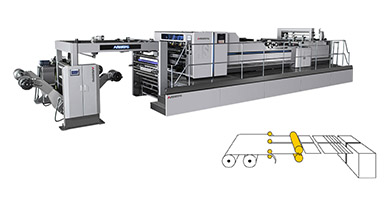
 2025/09/18
2025/09/18For paper packaging, printing, or gift box factories, a reliable Sheet Cutter Machine is make-or-break for daily production. But we’ve heard from countless clients: uneven cuts, frequent jams, and slow after-sales help turn their Sheet Cutter Machine from a "production booster" into a "headache." We has tailored solutions for these top 3 issues—so your Sheet Cutter Machine runs smooth, consistent, and low-trouble.
Uneven edges from a Sheet Cutter Machine aren’t just unsightly—they sink your end products. For food packaging or gift boxes, rough edges mean rejected batches; for commercial printing, misaligned cuts force you to trim extra paper, wasting material. Over time, this adds up to unnecessary costs and delayed orders.
•Precision guiding system: Before paper hits the blade, built-in guides gently align it—no more "wandering" sheets that lead to lopsided cuts.
•Wear-resistant blades: Useing Wear-resistant blades that stay sharp longer (even with daily use).
•Multiple tests: Rigorous testing is of Paramount importance in ensuring high quality
Jams are the biggest time-waster for any Sheet Cutter Machine. Whether it’s thin paper curling up or short sheets getting stuck, each jam means stopping the machine, clearing paper, and restarting—losing precious minutes every time. For busy shifts, this can cut your daily output by a noticeable amount.
Solution:
•Adaptive speed control: The Sheet Cutter Machine adjusts feeding speed based on paper thickness—fast enough for efficiency, slow enough to prevent tangles.
•Anti-curl rollers: Soft, textured rollers flatten paper as it feeds, stopping thin sheets from curling and getting stuck.
When your Sheet Cutter Machine breaks down, waiting weeks for help is a disaster. Overseas clients especially struggle—spare parts take forever to arrive, and engineers are hard to schedule. Even small issues (like a finicky sensor) can shut down production for days.
•Remote diagnosis: Our team accesses your Sheet Cutter Machine’s data online to fix 80% of small issues in hours—no need to wait for an on-site visit.
•Local spare parts: We keep key parts in major regions, so replacements ship fast if you need them.
A good Sheet Cutter Machine shouldn’t just "cut paper"—it should solve your daily headaches. Haosheng’s design focuses on what you need: clean cuts, no jams, and fast help when things go wrong. Reach out today for of Haosheng , or chat with our team about a custom solution for your factory. No more uneven edges, no more jams—just smooth, reliable cutting.
GET A QUOTE